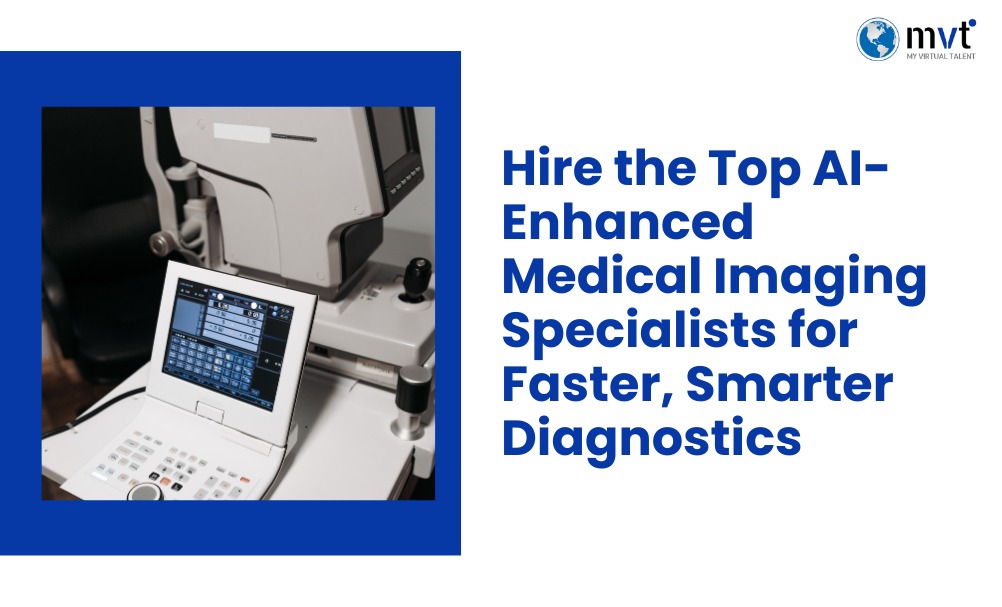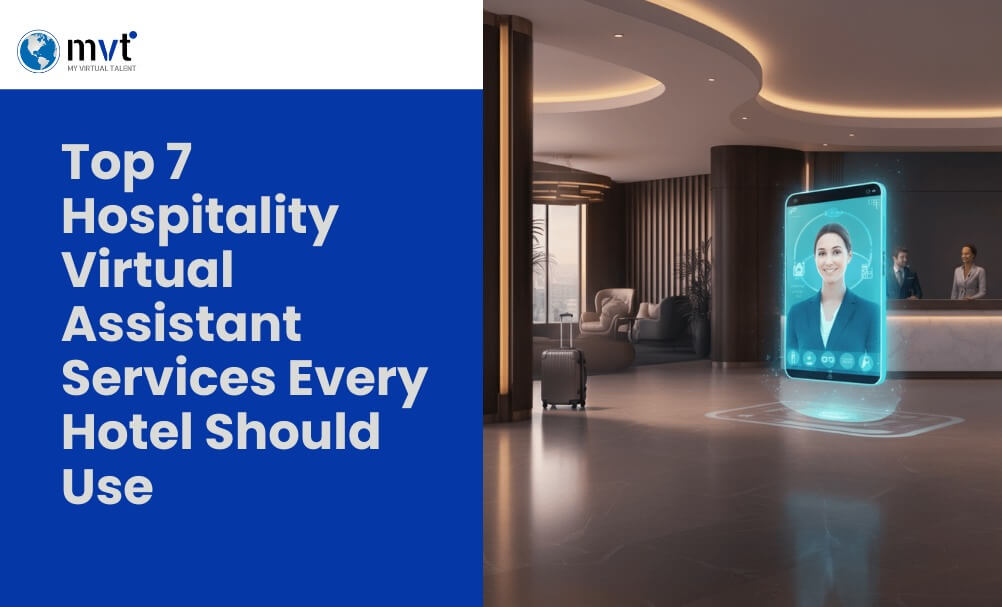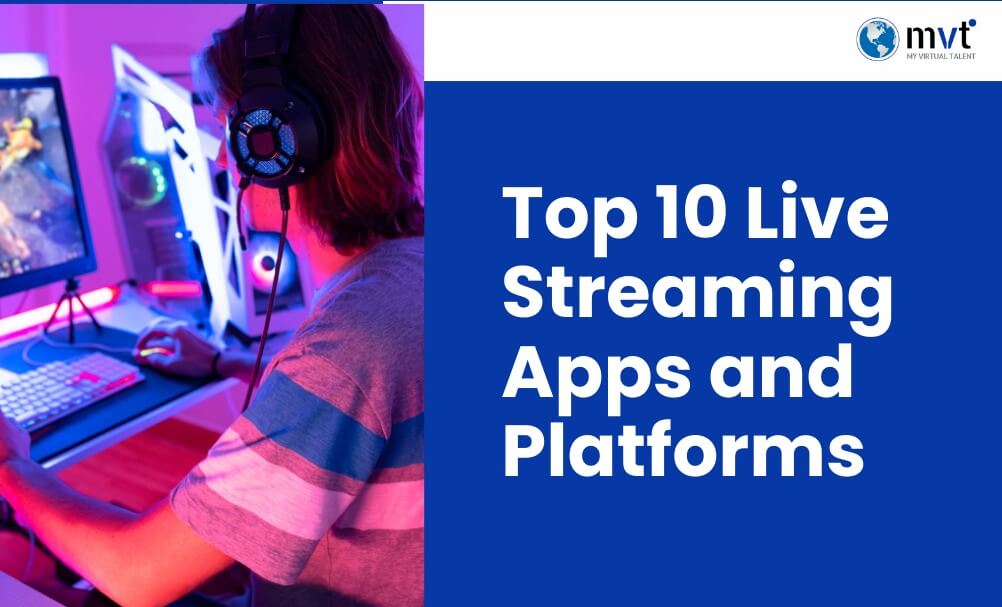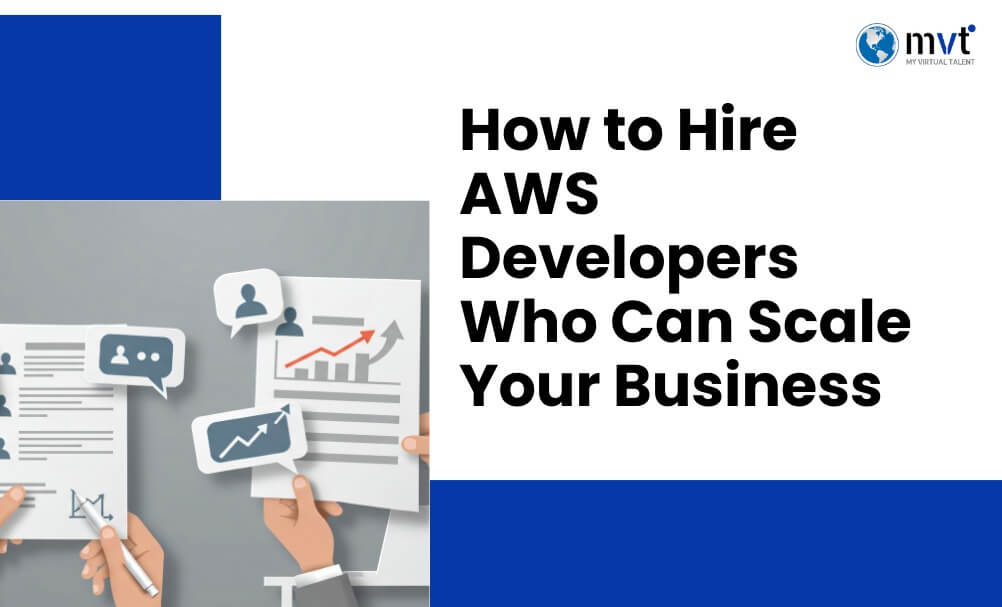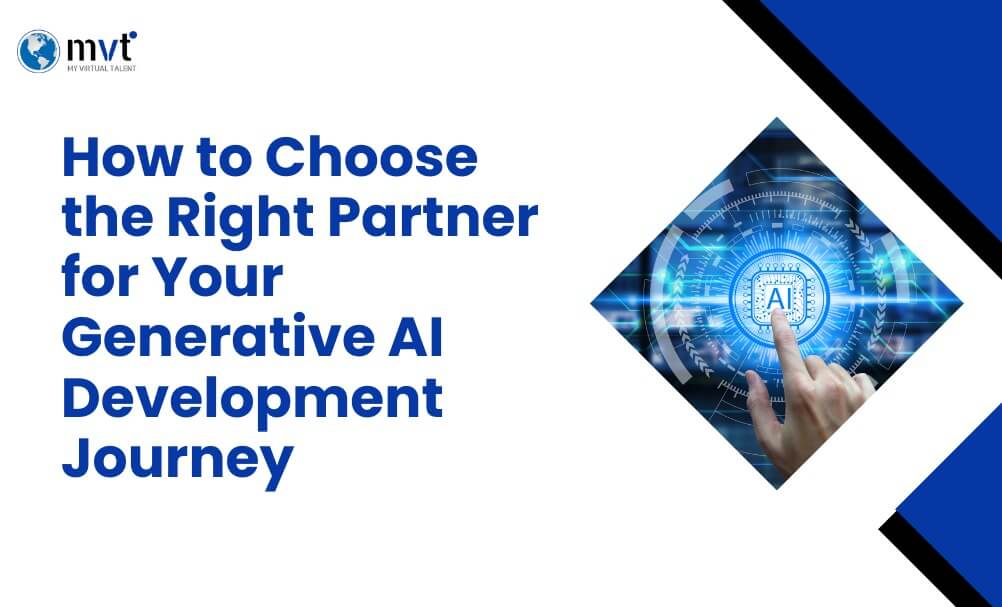
The numbers clearly show how fast the AI revolution is growing. Research shows that 75% of enterprises plan to use generative AI in the next 18 months. Businesses in every industry see its power to improve customer service, create content, and speed up data analysis. Generative AI is no longer just an experiment; it’s now a must-have for staying competitive.
However, many business leaders struggle with choosing the right generative AI development partner. The market is full of options, rapid changes, and big promises. Picking the wrong partner can waste money, cause security issues, and limit your ability to grow.
This guide will help you choose wisely by focusing on technical skills, business goals, and long-term success. With the right approach, you can select a partner that drives real, lasting AI results for your organization.
Understanding Your Generative AI Development Needs
Understanding your generative AI development needs is the first step to finding the right partner. Create by identifying your exact goals and use cases. Do you want AI to create marketing content, handle complex customer service requests, or assist in product design? Each purpose requires specific technical skills and experience.
Various industries use generative AI in different ways. Healthcare may focus on automating documentation, finance might use it for fraud detection, & retail can explore personalized product recommendations. Manufacturing often applies AI for predictive maintenance and quality control.
Write down clear, measurable goals, such as “reduce response time by 40%” or “increase content production by 300% without losing quality.” Create a checklist of your technical requirements, integration needs, scalability expectations, and compliance rules. This preparation ensures you compare providers fairly and choose one that aligns perfectly with your business objectives.
The Current Generative AI Development Landscape
The generative AI development market includes different types of providers, each with its own strengths.
Specialized AI firms focus only on AI and machine learning. They often employ experts in neural networks, large language models, and new AI frameworks. These firms offer advanced technical skills but may lack deep knowledge of your specific industry.
Traditional tech consultancies combine business experience with AI capabilities. They are skilled at integrating AI into existing systems and handling change management. However, their AI expertise may be less specialized.
Freelancers and small agencies can be affordable and flexible for smaller projects, but they may not manage complex or large-scale needs.
Building an in-house AI team gives you full control and ownership, but requires heavy investment in hiring, training, and infrastructure.
Choosing the right partner means balancing technical skills, industry experience, scalability, and long-term stability.
Essential Technical Capabilities to Evaluate
AI/ML Expertise and Track Record
AI/ML expertise is the most important factor when choosing a partner for generative AI development. Your partner should have proven experience with large language models, neural networks, and machine learning frameworks that match your needs.
Ask for case studies showing similar projects they have delivered, with clear challenges, solutions, and results. Avoid partners who only give vague or generic examples.
Check the qualifications of their technical team. Generative AI changes quickly, so they should stay updated through certifications, research, conferences, or open-source contributions.
Also, confirm their hands-on skills with different AI tools. For example, a team good at TensorFlow may not be as strong in PyTorch. The right match ensures smooth development and better results.
Infrastructure and Scalability
When planning generative AI development, strong and scalable infrastructure is essential. These projects require powerful systems that can handle heavy computing tasks without slowing down. A good partner should know cloud platforms like AWS, Azure, or Google Cloud, and be skilled with AI tools such as SageMaker, Azure ML, or Vertex AI.
Scalability matters from day one. While small setups may work in the beginning, your systems must grow easily as demand increases. Look for partners who understand auto-scaling, load balancing, and cost optimization.
Efficient data pipelines are also critical. Generative AI needs constant, high-quality data for training and updates. Your partner should know how to manage different data sources and formats while keeping speed and accuracy high.
Finally, deployment matters. Choose a team skilled in containerization, APIs, and CI/CD processes to keep your AI models easy to update and integrate.
Security and Compliance Issues
Security and compliance are critical in generative AI development. AI projects often need access to sensitive business data, which must be protected at all times. Without proper safeguards, this data could be exposed to cyber threats or misuse.
Different industries have strict compliance rules. Healthcare projects must meet HIPAA requirements, financial services must follow banking regulations, and companies serving global customers must comply with GDPR. Your AI partner should understand and work within these rules.
Ask how they handle data during collection, training, and deployment. They should secure it against leaks, unauthorized access, and misuse. In addition, confirm how they manage data retention and deletion.
Pay close attention to model training policies. Ensure they do not use your data for other clients or purposes without permission. Clear agreements on ownership, data rights, and intellectual property are essential for protecting your business.
Business Alignment Factors
Communication and Project Management Style
In generative AI development, clear communication and strong project management are just as important as technical skills. Even the best AI expertise won’t help if your partner can’t explain ideas in simple terms or understand your goals. During early talks, notice if they listen well, ask the right questions, and make technical details easy to follow.
Every company works differently. Some like structured methods such as Scrum or Waterfall, while others prefer flexible, quick adjustments. Discuss your style and see if the partner can match it.
Time zones and cultural fit also matter for long projects. Misunderstandings can slow progress, so decide if you need real-time calls or if email updates work fine.
Finally, ask about their progress reports. Good partners share regular updates, challenges, and decisions, so you always know where the project stands.
Pricing Models and Budget Transparency
In generative AI development, pricing can follow different models, each with pros and cons. A fixed-price model gives clear cost predictability but can limit flexibility if your needs change. Time-and-materials pricing allows more flexibility but requires close tracking to avoid overspending.
Outcome-based pricing ties payments to achieving agreed results, which aligns incentives but needs clear goals and metrics. Some providers use hybrid models to balance control and adaptability.
Always check for hidden costs. Cloud computing fees can grow quickly as AI models scale. Third-party API usage, such as OpenAI services, can also add up with high traffic. Don’t forget ongoing expenses for maintenance, updates, and technical support.
Plan contracts with future growth in mind. Development is only the start; you’ll also need a budget for optimization, new features, and scaling as your AI use expands.
Long-term Partnership Potential
In generative AI development, success depends on building a long-term partnership rather than treating it as a single project. AI models need continuous updates, fine-tuning, and optimization to keep performing well as data, business needs, and technology change.
Choose a partner committed to ongoing support, with a history of maintaining client relationships over time. Ask about their roadmap for adopting new AI capabilities and staying ahead of industry trends. The right partner will actively invest in research, new tools, and technology partnerships to keep your solutions competitive.
Also, think about future flexibility. If you plan to manage AI internally or work with new providers later, your partner should share knowledge openly. Look for those who document processes, train your team, and provide smooth transition support when needed. This ensures your AI investment continues delivering value for years.
Red Flags and Deal Breakers
In generative AI development, certain red flags should never be ignored. If a partner makes unrealistic promises about timelines, costs, or guaranteed outcomes, it’s a sign they may not fully understand the complexity of AI projects, or worse, they may be overpromising to win your business.
A lack of transparency is another major concern. If they can’t clearly explain their process, data handling practices, or intellectual property terms, proceed with caution. Poor or inconsistent communication during early discussions often gets worse once the project starts, leading to delays and frustration.
Also, be wary of companies claiming expertise in every area of AI without offering specific, relevant case studies. True experts usually focus on particular niches within AI.
Choosing the wrong partner can lead to wasted budget, missed goals, or even serious data security issues. Careful vetting upfront prevents costly mistakes later.
The Evaluation and Selection Process
Creating Your Shortlist
Creating a shortlist of potential generative AI development partners starts with smart, targeted research. Start by tapping into your industry network, professional associations, & business contacts for trusted referrals, especially from companies with similar AI needs.
Attending AI conferences, tech expos, and industry events can help you meet potential partners face-to-face, see their work, and ask direct questions about their expertise.
Online platforms such as Clutch, G2, and specialized AI directories are also helpful, but focus on detailed case studies rather than just star ratings. These will give you a clearer picture of their technical skills and problem-solving abilities.
When screening, confirm they have direct experience with generative AI, hold relevant security certifications, and understand compliance needs in your industry.
Lastly, review their website & published materials. If they can explain complex AI topics simply, they’ll likely communicate well throughout your project.
The RFP and Proposal Process
The generative AI development RFP process helps you gather clear, comparable proposals from different partners. A well-prepared RFP should include detailed technical requirements, integration needs, scalability goals, and specific success metrics.
When creating evaluation criteria, balance technical skills with business fit, communication style, and budget. If you’re working on a highly advanced AI project, technical expertise might take priority. For large enterprise integrations, processes and collaboration may be more important.
Ask partners to address realistic scenarios or challenges your project might face. This reveals which teams have real experience versus those sending generic responses. Request clear timelines, team assignments, and risk management plans.
Evaluate proposals as a whole, not just on cost or delivery speed. The cheapest option can hide long-term issues, while the priciest one doesn’t guarantee the best results. Choose the partner offering the strongest mix of expertise, reliability, and value.
Making the Final Decision
When making the final choice for your generative AI development partner, take time to do proper reference checks. Speak with past clients to learn about their real experiences, especially regarding communication, problem-solving, and overall satisfaction. Ask how the partner managed unexpected issues and whether they delivered on promises.
Perform thorough due diligence by checking or verifying the partner’s credentials, financial stability, and legal standing. Large AI projects require a reliable, stable partner who can support you over the long term.
A smart approach is to start with a small pilot project. It allows you to test the partner’s skills, project management style, & quality of work without making a large investment. If the pilot goes well, you can confidently move forward with full-scale generative AI development, knowing you’ve chosen the right team.
Setting Up For Access
Once you’ve selected your generative AI development partner, right onboarding sets the foundation for project success. Establish clear communication channels, meeting schedules, & reporting expectations from day one. Define roles and responsibilities to prevent confusion and overlap.
Make detailed project milestones with specific deliverables and success criteria. Regular checkpoint reviews help maintain alignment and provide opportunities to address challenges before they become major problems. Build flexibility into timelines while maintaining accountability for progress.
Implement feedback loops and iterative improvement processes that allow for course corrections as you learn more about what works for your organization. AI development often involves experimentation and refinement, so build processes that support learning and adaptation.
Plan knowledge transfer activities throughout the development process rather than waiting until project completion. Regular documentation reviews, training sessions, and hands-on involvement help your team understand the solutions being built and prepare for eventual maintenance responsibilities.
Future-Proof Your Generative AI Investment
Future-proofing your generative AI development investment means choosing a partner who offers more than just technical skills. The best collaborators combine AI expertise with business insight, clear communication, and a genuine commitment to your long-term growth. They work with you as strategic allies, not just service providers.
A strong partner will guide you through evolving AI trends, keep your systems performing at their best, and scale solutions as your needs expand. They should be ready to adapt and support you as your AI maturity grows.
Use the framework in this guide to match your unique requirements with the right provider. Focus on overall fit, not just one factor like price or speed.
Your generative AI development journey can give you a real competitive edge. Talk to MyVirtualTalent today for a consultation and start building AI solutions that deliver lasting business value.
Looking for fresh content?
Get articles and insights from our weekly newsletter.
Recent Posts
Reduce Your Marketing Spend By 70% And Grow Your Revenue Organically 10X Faster!
Get a Free Quote Today!

